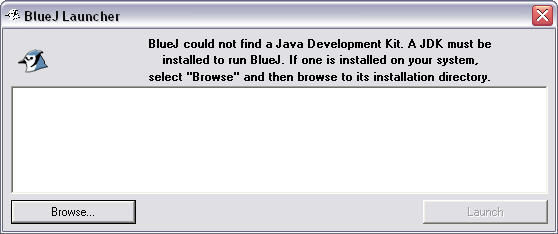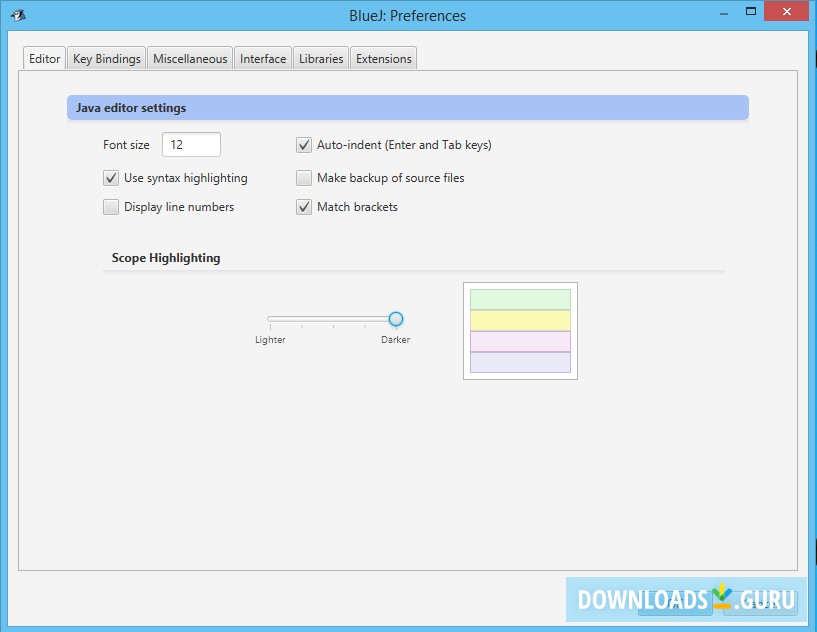

You can also manually add the ecs100 class into Bluej if it's not doing so automatically:ĭo you have a Surface Pro? (or other very high resolution screen). The website using internet explorer, the file may be saved as ecs100.zip. One cause is that when downloading ecs100.jar from (right click on the link, and choose "saveĪs".) (Note that the location of the Bluej directory will be different if you have a mac or a unix computer). "C:\\Program Files\Bluej\lib\userlib\" directory. (You will need this whether or not you are using BlueJ.)ĭownload the file ecs100.jar to your computer and then copy (or move) it to To write and run the programs for this course, you will need the ecs100 library file, which contains essential resources for the programs. This would let you use BlueJ on the computers in university student computing labs. Note: If you download the "Standalone" version of BlueJ, then you can copy it to a USB stick and run BlueJ from the USB stick without installing it. You can download and install the 4.1.4 version of BlueJ that includes JDK from. Installing on a Windows computer (Windows 7 or newer): For unix, you are on your own, but see the web pages! The instructions below describe first what you need to do with a Windows computer, then what you need to do for a Mac. Configure your PC correctly, particularly Bluej and the Java classpath.Install the ecs100 library and the template file.


Use this version of Bluej, not the latest version. Install a copy of Bluej version 4.1.4.Install a copy of the Oracle JDK 8 (Java Development Kit).To do your COMP 102/112/103 Java programming on your own computer (Windows, Mac, or unix), you will need to


 0 kommentar(er)
0 kommentar(er)
